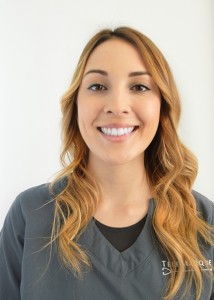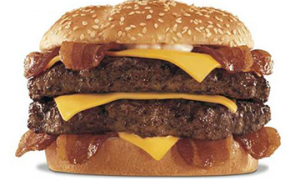
The “Itis” (Food Coma) by Ashley Romero, LVN
 Food is designed to give you energy, right? So why, after eating a large meal, are you left with feelings of lethargy and a lack of motivation to do, well, anything? For many people, indulging in high carb and high fat meals, sugar-soaked desserts, and alcoholic beverages leads to one common outcome- the “itis” (or food coma). A food coma is actually a medically recognized condition called post-prandial somnolence, simply meaning a state of drowsiness after a meal.
Food is designed to give you energy, right? So why, after eating a large meal, are you left with feelings of lethargy and a lack of motivation to do, well, anything? For many people, indulging in high carb and high fat meals, sugar-soaked desserts, and alcoholic beverages leads to one common outcome- the “itis” (or food coma). A food coma is actually a medically recognized condition called post-prandial somnolence, simply meaning a state of drowsiness after a meal.
What causes it? Swallowing your food is the first step to developing a food coma. After being partially digested by the stomach acids, it’s on its way to the intestines. This is where the sleepiness really begins. Nutrients in the food trigger a chain reaction calming down your sympathetic nervous system (the fight or flight syste), and jump-starting your parasympathetic nervous system. This produces a “rest and digest” response causing your body feel very sleepy. Welcome to your food coma!
 What can you do to help your body shake off a food coma? A brisk walk after a large meal will aid digestion. Additionally, according to the Wall Street Journal, exercising 12 hours before the meal can help prevent one of the most harmful effects- a spike in a type of fat called triglycerides after a large meal. Triglycerides are an issue because they can penetrate the heart’s arterial wall.
What can you do to help your body shake off a food coma? A brisk walk after a large meal will aid digestion. Additionally, according to the Wall Street Journal, exercising 12 hours before the meal can help prevent one of the most harmful effects- a spike in a type of fat called triglycerides after a large meal. Triglycerides are an issue because they can penetrate the heart’s arterial wall.
How to avoid a food coma? Eat smaller portions. The larger the amount of food we eat at one time, the stronger the parasympathetic response. Eat regularly (every 3-4 hours) from your morning meal to your evening meal. This pattern will help maintain sugar levels. Eat protein or full fats instead of refined carbs, breads and sugars. This maintains your energy until your next meal or snack.
In the event you fail to avoid a food coma, throw on some sweatpants, succumb to the couch, and better luck next time!
Source: http://www.wsj.com/articles/SB10001424052970204517204577046772508688922
The information provided is for general interest only and should not be misconstrued as a diagnosis, prognosis or treatment recommendation. This information does not in any way constitute the practice of medicine, or any other health care profession. Readers are directed to consult their health care provider regarding their specific health situation. Marque Medical is not liable for any action taken by a reader based upon this information.
